Lettuce is one of the easiest and fastest-growing vegetables, making it perfect for container gardening. Growing lettuce in pots allows urban gardeners, balcony enthusiasts, and anyone with limited space to enjoy fresh, crisp salads all year round. With the right containers, soil, and care, you can harvest tender leaves within weeks, ensuring a continuous supply of nutrient-rich greens.
This guide provides a step-by-step approach to growing lettuce in pots, with tips from experts on varieties, planting, care, and harvesting.
Why Grow Lettuce in Pots?
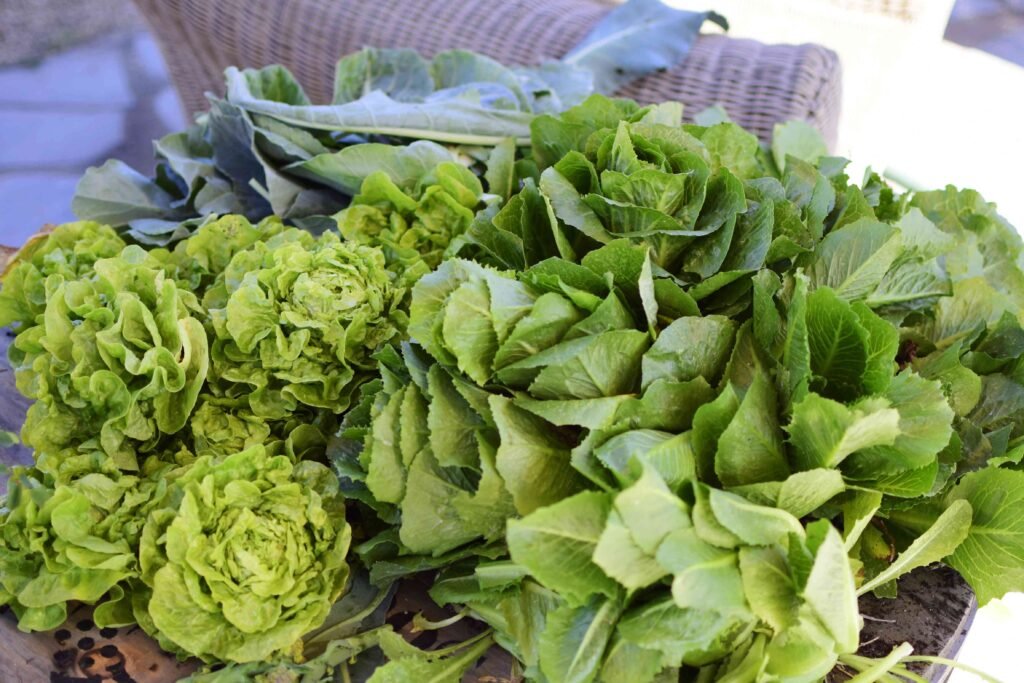
Lettuce is particularly suited for container gardening for several reasons:
- Quick Growth: Many varieties mature in just 30–50 days.
- Space Efficiency: Shallow-rooted, lettuce grows well in small containers.
- Extended Harvest: Planting in succession ensures a steady supply.
- Easy Maintenance: Potted lettuce is less prone to pests than in-ground crops.
- Control Over Soil and Water: Containers allow you to optimize moisture and nutrients, resulting in tender, flavorful leaves.
Choosing the Right Lettuce Varieties
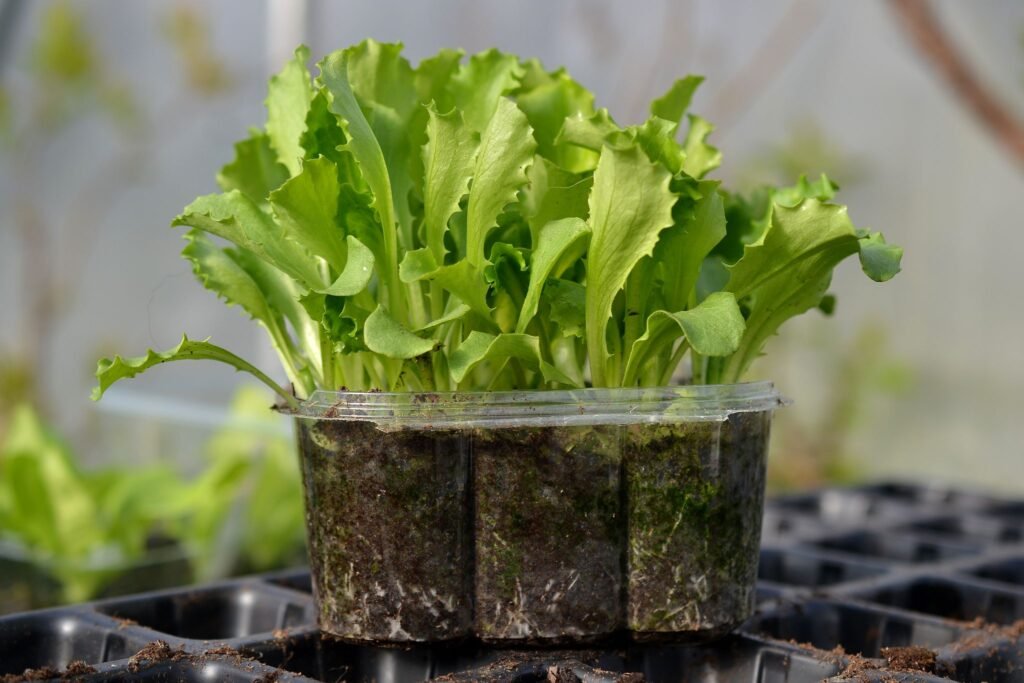
Not all lettuce varieties are equally suited for pots. Experts recommend selecting compact, slow-bolting, and fast-growing types.
Best Varieties for Container Gardening
- Leaf Lettuce: Fast-growing with loose leaves; great for cut-and-come-again harvesting.
- Examples: ‘Black Seeded Simpson,’ ‘Oak Leaf,’ ‘Red Sails.’
- Butterhead Lettuce: Soft, tender leaves forming loose heads; suitable for small containers.
- Examples: ‘Buttercrunch,’ ‘Tom Thumb.’
- Romaine/Cos Lettuce: Upright growth, slightly longer maturing time but ideal for vertical space.
- Examples: ‘Parris Island,’ ‘Little Gem.’
- Baby Lettuce Mixes: Quick-growing, flavorful, and perfect for continuous salad harvesting.
Tips:
- Choose slow-bolting varieties in warm seasons to prevent premature flowering.
- Plant a mix of colors and textures to enhance visual appeal and salad flavor.
Selecting the Right Container
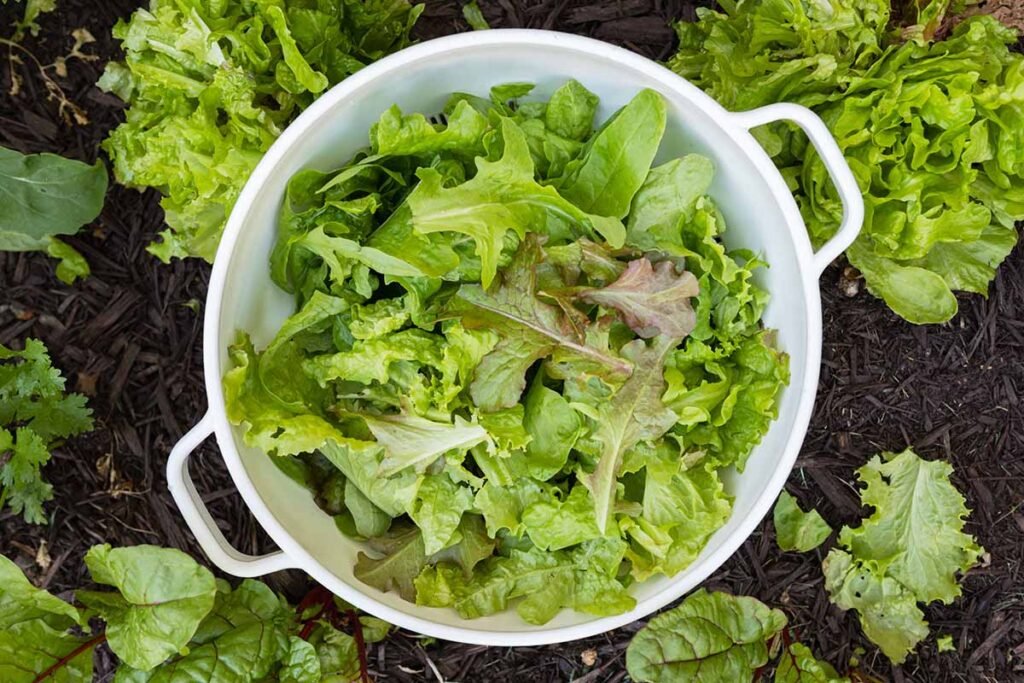
Lettuce thrives in shallow, well-draining containers. The right pot ensures healthy root growth and consistent moisture.
Recommended Containers:
- Plastic or Fabric Pots: Lightweight, retain moisture, and allow good drainage.
- Window Boxes or Troughs: Ideal for growing multiple plants in a row.
- Shallow Planters (6–8 inches deep): Perfect for small leaves or baby lettuce.
- Raised Planter Boxes: Allow better root development and drainage for larger leaves.
Tips:
- Ensure drainage holes to prevent waterlogging.
- Avoid deep pots for small leaf varieties; they don’t require extensive root space.
Choosing the Right Soil
Lettuce prefers light, fertile, well-draining soil. A high-quality potting mix ensures fast growth and tender leaves.
Recommended Soil Mix:
- 50% Potting Soil – Provides structure and nutrients.
- 25% Compost – Adds organic matter and improves fertility.
- 25% Perlite or Sand – Ensures excellent drainage.
Tips:
- Maintain a slightly acidic to neutral pH (6.0–7.0).
- Avoid garden soil alone; it can compact in containers and restrict root growth.
- Consider adding slow-release fertilizer for continuous nutrient supply.
Planting Lettuce in Pots
Lettuce can be sown directly or transplanted into containers. Both methods are effective if done properly.
Direct Sowing:
- Fill the pot with soil, leaving 1–2 inches from the rim.
- Scatter seeds thinly on the surface.
- Cover lightly with ¼ inch of soil or vermiculite.
- Water gently to moisten without washing away seeds.
Transplanting Seedlings:
- Start seeds indoors 3–4 weeks before outdoor planting.
- Once seedlings have 2–3 true leaves, harden them off by gradually exposing them to outdoor conditions.
- Transplant into pots spaced 6–8 inches apart for leaf lettuce, 8–12 inches for head varieties.
Tips:
- Plant succession crops every 2–3 weeks for a continuous harvest.
- Thin seedlings to avoid overcrowding, which can stunt growth.
Watering and Moisture Management
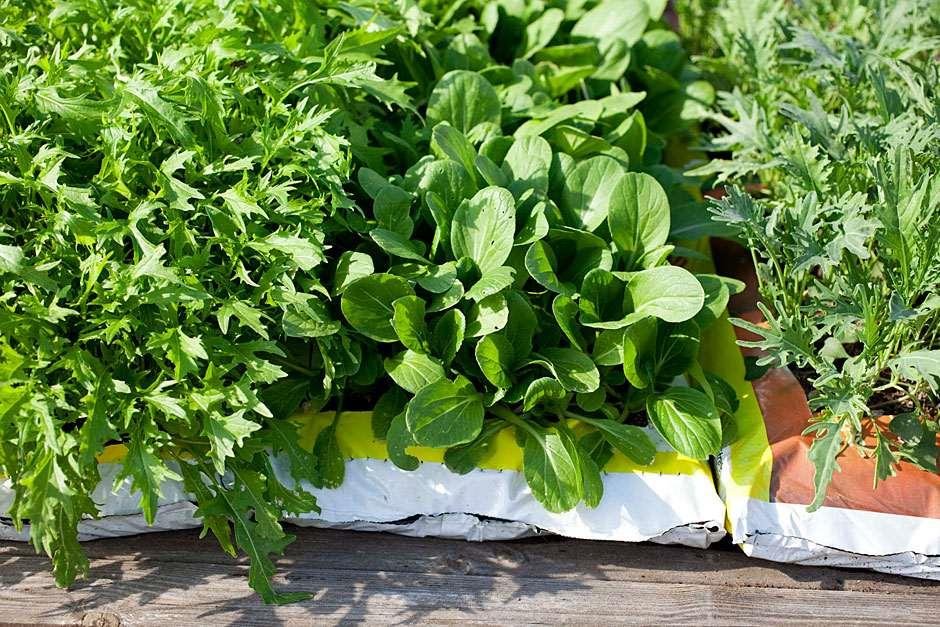
Consistent moisture is key to tender, crisp lettuce leaves. Lettuce is shallow-rooted and can wilt quickly in dry soil.
Watering Guidelines:
- Water daily or as needed to keep soil evenly moist.
- Avoid overwatering; soil should be damp but not soggy.
- Mulch the soil surface with straw or shredded leaves to retain moisture and reduce evaporation.
Tip: Water at the base of plants to avoid wetting leaves, which can encourage fungal diseases.
Fertilizing Lettuce in Containers
Lettuce is a light feeder but benefits from frequent, mild fertilization for steady growth.
Fertilization Tips:
- Use liquid fertilizer every 2 weeks or a diluted organic fertilizer like fish emulsion.
- Avoid high-nitrogen fertilizers in excess; they can promote leafy growth but reduce flavor.
- Add compost or slow-release fertilizer at planting for continuous nutrient supply.
Light and Temperature Requirements
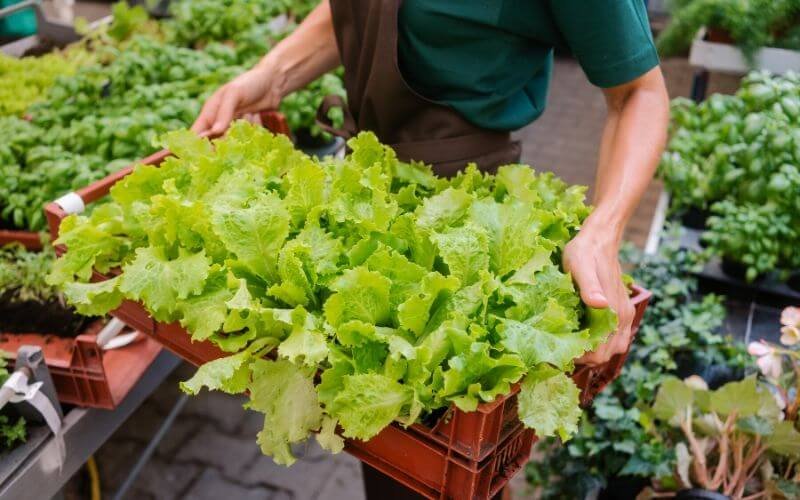
Lettuce grows best in cool, sunny conditions, but it can tolerate partial shade.
Light Requirements:
- Provide 4–6 hours of direct sunlight daily for optimal leaf growth.
- In hot climates, use partial shade or shade cloth to prevent bolting.
Temperature Guidelines:
- Ideal growth: 60–70°F (15–21°C).
- Temperatures above 75°F may cause premature flowering and bitter leaves.
- For winter growth, consider indoor placement with grow lights.
Pest and Disease Management
Even in pots, lettuce can face pests and diseases.
Common Pests:
- Aphids, slugs, snails, and leaf miners.
Prevention and Management:
- Inspect leaves regularly and remove affected foliage.
- Use insecticidal soap or neem oil for infestations.
- Maintain good air circulation and avoid overcrowding.
- Avoid wetting foliage to reduce fungal disease risk.
Harvesting Lettuce from Pots
Lettuce is ready to harvest 30–50 days after sowing, depending on the variety.
Harvesting Methods:
- Leaf Lettuce: Harvest outer leaves first; the plant continues to produce new leaves.
- Head Lettuce: Cut the entire head at the base once it reaches full size.
- Baby Greens: Pick leaves as small as 2–3 inches for tender salads.
Tips:
- Harvest in the morning for maximum crispness.
- Continuous harvesting encourages new growth and extends the growing season.
Additional Tips for Success
- Succession Planting: Sow every 2–3 weeks for a constant supply of fresh leaves.
- Container Placement: Place pots where they receive adequate sunlight and are easy to water.
- Rotation: Move pots periodically to evenly expose all plants to sunlight.
- Companion Planting: Plant lettuce alongside herbs or flowers to deter pests naturally.
- Winter Gardening: Use mini greenhouses or cloches to protect lettuce from frost.
Conclusion
Growing lettuce in pots is an easy, rewarding way to enjoy fresh, healthy salads anytime. By selecting compact, fast-growing varieties, using well-draining containers and fertile soil, and providing consistent care, gardeners can enjoy a steady supply of crisp, flavorful greens.
Key steps for successful container lettuce gardening:
- Choose container-friendly varieties like leaf, butterhead, or baby greens.
- Select shallow pots or planters with good drainage.
- Plant seeds directly or transplant seedlings carefully.
- Water consistently and fertilize mildly for sustained growth.
- Provide sunlight, manage temperature, and protect against pests.
- Harvest regularly to encourage new growth.
With careful planning, even a small balcony, patio, or windowsill can produce fresh, homegrown lettuce, allowing you to enjoy healthy, flavorful salads year-round.
